Avoid these critical LinkedIn mistakes
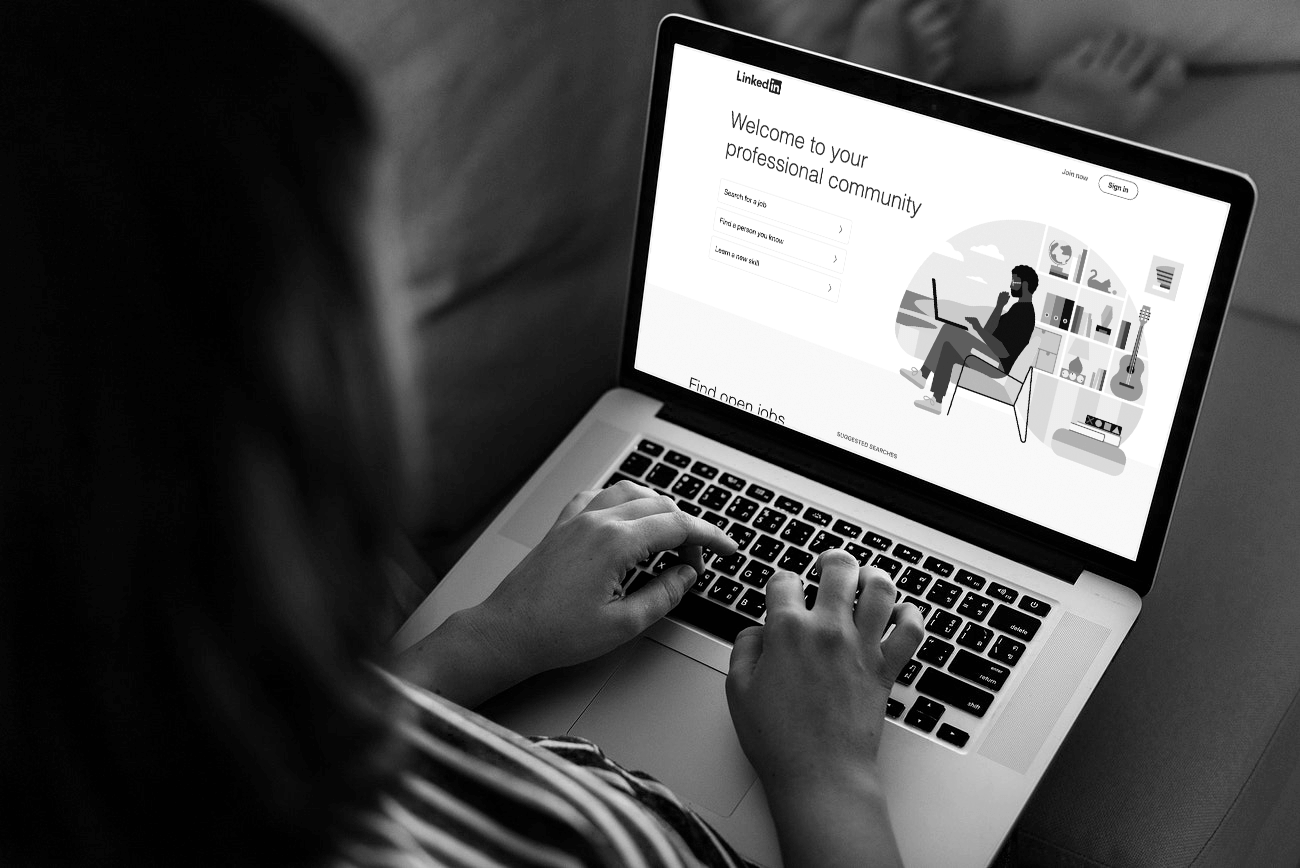
With LinkedIn appealing to 41% of business-to-business (B2B) marketers as their main social media network, it’s a critical platform to get right. After all, it’s where 80% of B2B leads are generated.
LinkedIn is social media for professionals and is highly regarded in that sense. It’s not a place users go to unwind and laugh, but more about professional growth, development, and networking. This tool can be leveraged by B2B businesses in particular due to its nature. In fact, 50% of LinkedIn users say they’re more likely to purchase from a company that they have engaged with on LinkedIn.
LinkedIn can hugely increase a business’ reach, brand awareness, and sales. However, there are some common LinkedIn mistakes we see businesses falling victim to every day. We have compiled them in this article so that you can avoid them altogether.
1. Not optimising your business profile
.jpg?width=784&name=linkedin-setup%20(1).jpg) Since LinkedIn is all about connecting with like-minded individuals for professional purposes, you’ll need a suitable profile. Firstly, this means ensuring your profile is complete, an incomplete profile looks highly unprofessional. For example, an account with a missing profile picture and no bio/description does not appear to have any credibility or professional standing. For this reason, it’s imperative to complete your LinkedIn profile. It builds trust and credibility for your brand as well as giving potential connections a brief overview of who you are and what you do. This means having a high-resolution, professional profile photo, a complete and descriptive bio, as well as filling out each profile section (including the about section, skills, qualifications, and more).
Since LinkedIn is all about connecting with like-minded individuals for professional purposes, you’ll need a suitable profile. Firstly, this means ensuring your profile is complete, an incomplete profile looks highly unprofessional. For example, an account with a missing profile picture and no bio/description does not appear to have any credibility or professional standing. For this reason, it’s imperative to complete your LinkedIn profile. It builds trust and credibility for your brand as well as giving potential connections a brief overview of who you are and what you do. This means having a high-resolution, professional profile photo, a complete and descriptive bio, as well as filling out each profile section (including the about section, skills, qualifications, and more).
Realistically, it’s not enough to simply have everything on your profile section filled out to a high standard. It’s necessary to continuously update your profile and information every year or two. A lot can change in a year, whether that be a new office location, promotion, or a complete career overhaul. By not updating your profile, you’re excluding yourself from gaining potentially relevant information and/or connections. Plus, providing up-to-date information also serves to increase your credibility.
2. Not personalising your connection requests
A great tool on offer is LinkedIn’s ‘recommendations’ which enables people to connect with potential leads. Although, when trying to connect with as many people as possible personalisation is usually forgotten.
Since copying and pasting a generic connection request message is far quicker and more convenient than drafting up hundreds of personalised messages, personalisation is a thing of the past. But that doesn’t mean it should be.
LinkedIn users are smart and can swiftly spot a generic, mass message. Since the primary objective of LinkedIn is to build connections, every business will benefit from taking the time to message potential connections with respect and sincerity. You need to show prospects that you want to build a rapport with them.
3. Pushing sales through LinkedIn
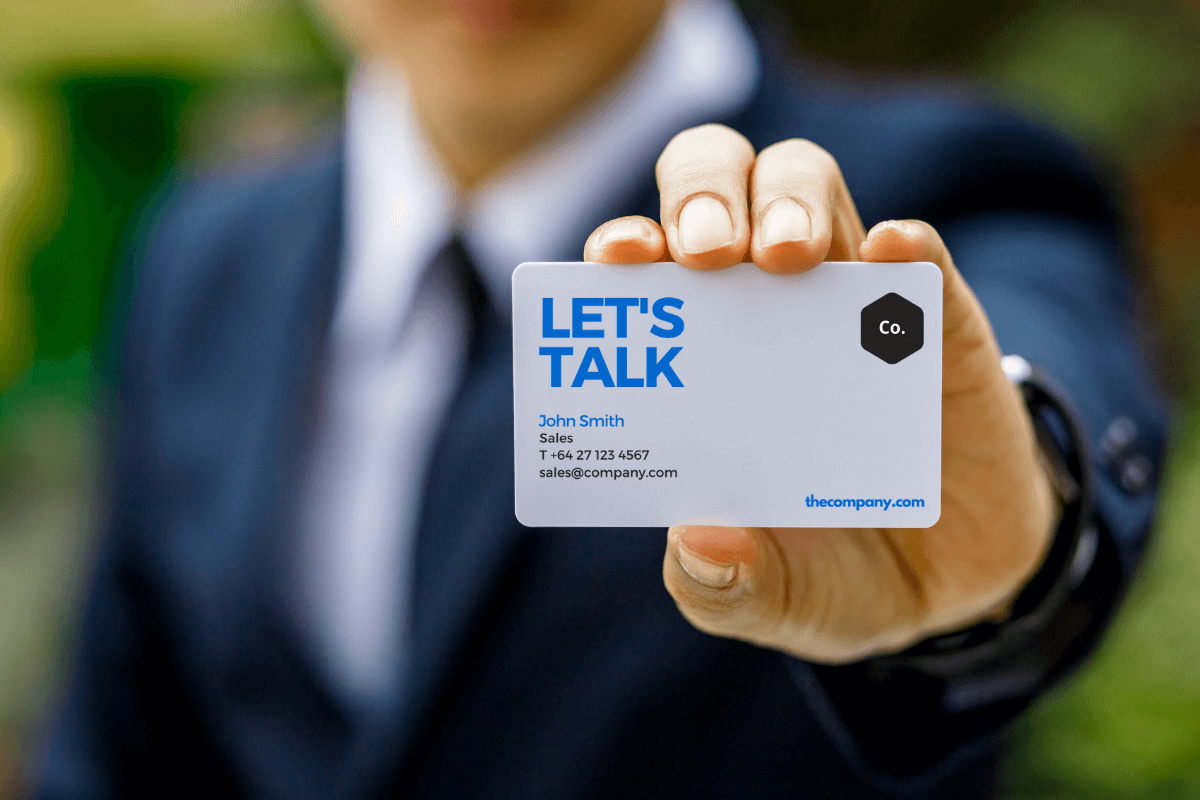 After freshly building a rapport with a lead, throwing a sale in their face is only going to push them away. LinkedIn is not a platform for pushy advertising, but a place to offer solutions to your customer's problems with valuable content.
After freshly building a rapport with a lead, throwing a sale in their face is only going to push them away. LinkedIn is not a platform for pushy advertising, but a place to offer solutions to your customer's problems with valuable content.
It’s common for businesses to send a sales pitch directly to their newest connection’s inbox. Yet, this achieves absolutely nothing aside from potentially harming your newly-formed relationship. In most cases, messages like this get opened and instantly ignored.
Every business will yield far better results by interacting with the posts your connections have shared and posting relevant and helpful content. This way, your connections can see your interest and willingness to offer insightful information on the topic of your expertise. The emphasis should be on building credibility and trust in your brand.
4. Inconsistency and inactivity
Building both credibility and trust requires consistency. All too often businesses will have a few successful posts and then leave their followers in the lurch for the next month or two. This is a sure-fire way to lose followers and decrease your engagement on LinkedIn.
LinkedIn requires a dedicated strategy. This is typically a part of an overarching social media strategy that lays out your content plan on a weekly, monthly, or quarterly basis. We recommend taking it either a week or a month at a time. It’s important to not only post regularly but to engage regularly with other’s content. That can simply be liking, commenting, or sharing posts that appear in your feed. Replying to any messages you receive is also very important. After all, consistently delivering quality content shows your followers that you’re still succeeding in business. Too much time in between posts can imply disinterest or complacency.
5. Only giving to receive
Another main feature of LinkedIn is recommendations. These can be especially useful for businesses as it’s basically a written testimonial about you and your brand. After connecting with someone on LinkedIn, you have the ability to write a recommendation to be displayed on their profile. This is great if you have something constructive to say, but it’s not so great if you’re just writing something to get a recommendation in return.
If you have encountered a person that has gone above and beyond in their career then of course you’ll want to leave them a public recommendation as they deserve the recognition. However, if you ask for a recommendation back, it can come across negatively. Just because you have looked to praise their abilities doesn't mean you automatically deserve one back. No one should be giving out recommendations if they haven’t had an experience with a person before. It’s simply not credible. Asking for a recommendation like this only looks bad on you.
Give credit when it’s due, but don’t expect anything in return when it’s not necessarily deserved.
6. Not engaging with content
.jpg?width=663&name=pexels-cottonbro-5053740%20(1).jpg) Social networking is engaging with others. This means connecting with like-minded people with common interests. Your LinkedIn feed should be filled with topical and interesting content. If it’s not, you may be connecting with the wrong people. By not interacting with posts outside of your own, your connections will likely think that you’re either not interested or simply don’t care about what they have to say. In a snowball effect, this can result in lower interest and engagement with your content.
Social networking is engaging with others. This means connecting with like-minded people with common interests. Your LinkedIn feed should be filled with topical and interesting content. If it’s not, you may be connecting with the wrong people. By not interacting with posts outside of your own, your connections will likely think that you’re either not interested or simply don’t care about what they have to say. In a snowball effect, this can result in lower interest and engagement with your content.
LinkedIn is an excellent tool to get the inside scoop on what your connections (your leads and customers) are interested in - why wouldn’t you leverage this knowledge!? This is another reason why liking, commenting, sharing, watching is so crucial. By interacting with posts, you’re able to see what your connections are interacting with and how they respond to certain things.
By sharing content you can gauge what piques your followers' interest and what doesn’t. It enables you to get direct feedback and build stronger relationships. Your LinkedIn feed is real-time feedback from the people you want to continue connecting with.
Ultimately, LinkedIn is an incredibly powerful business tool. But used poorly, it can damage your business’ reputation and sever links with your customers. That’s why it’s important to avoid the above mistakes and create a solid strategy so that you can make the most out of your LinkedIn account.
After avoiding these common mistakes, it might be time to strive for a little bit more from LinkedIn. It’s such a popular tool for businesses and can be a new source of lead generation.
Download your free copy of The LinkedIn guide for beginners
In this guide, we outline the basics of setting up a profile and getting started with using LinkedIn to promote your business and create new opportunities.
Download now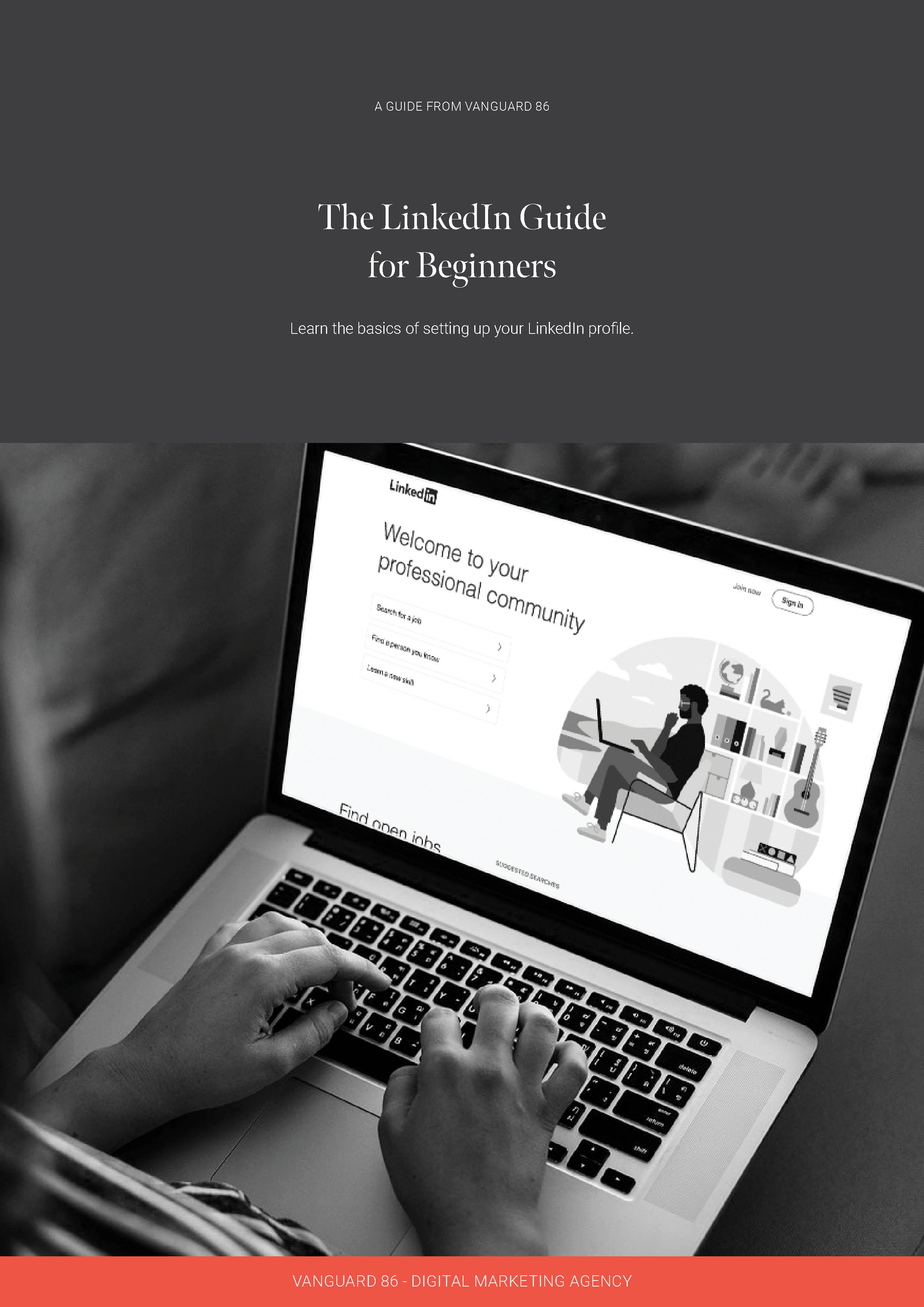

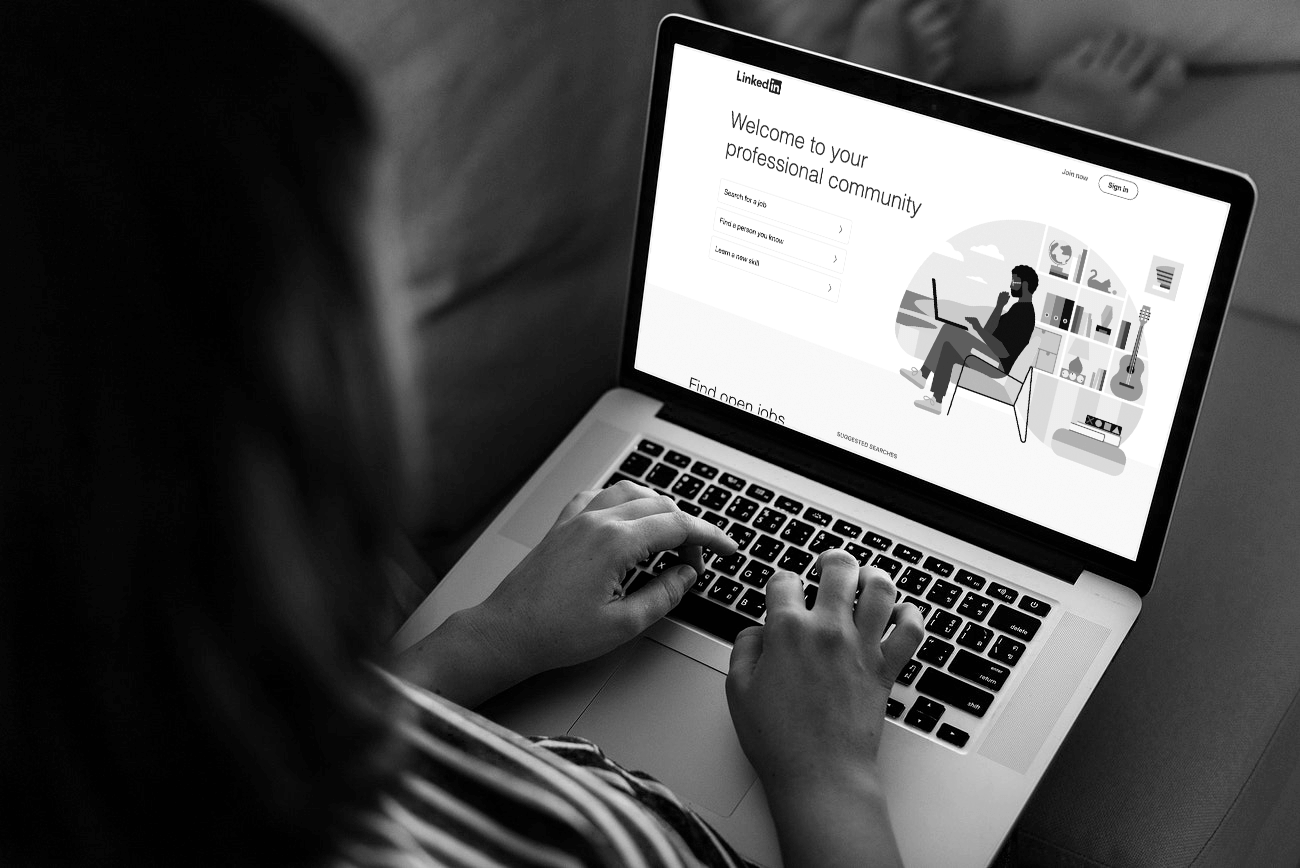
.png?width=352&name=V86%20%20Blog%20graphic%20(2).png)
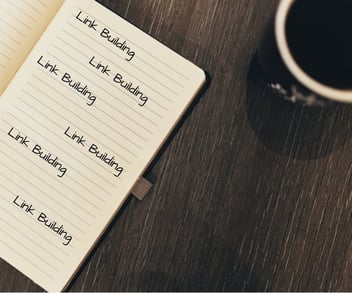
/Team_working_collaboration_meeting_planning.jpg?width=352&name=Team_working_collaboration_meeting_planning.jpg)